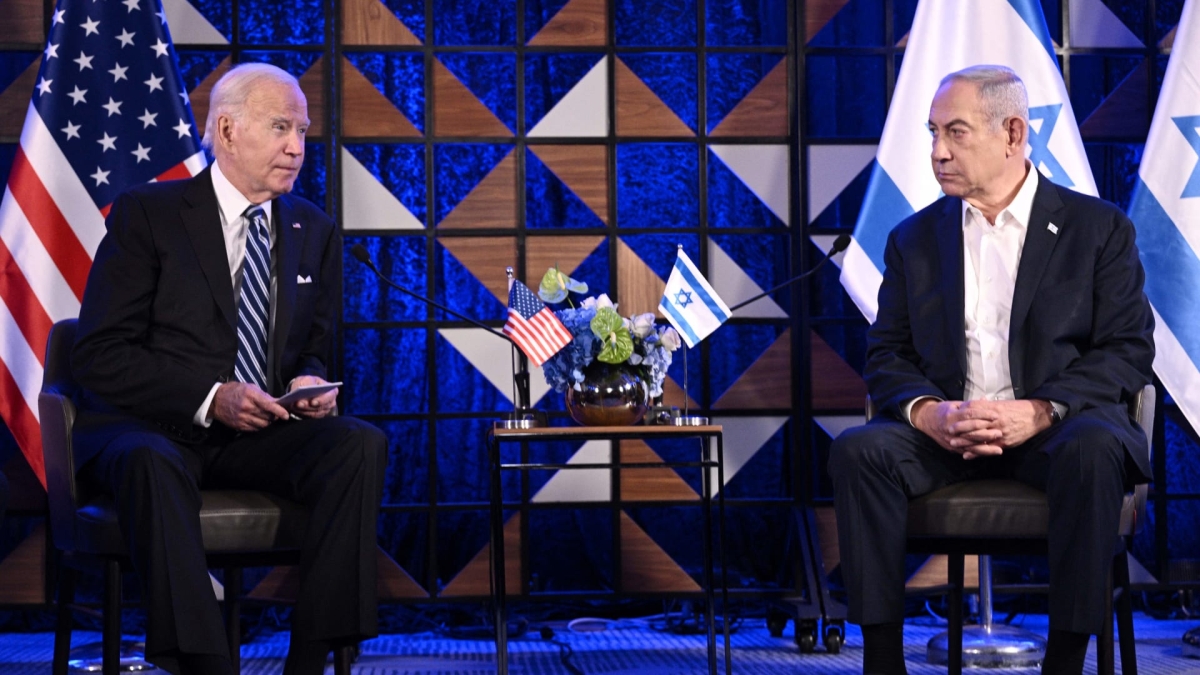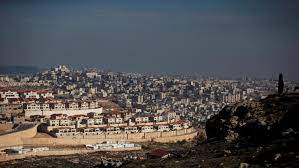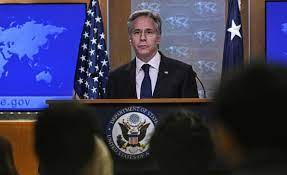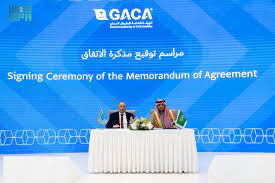Kaaba Kiswah to be replaced next Friday midnight 12:00 AM early Saturday
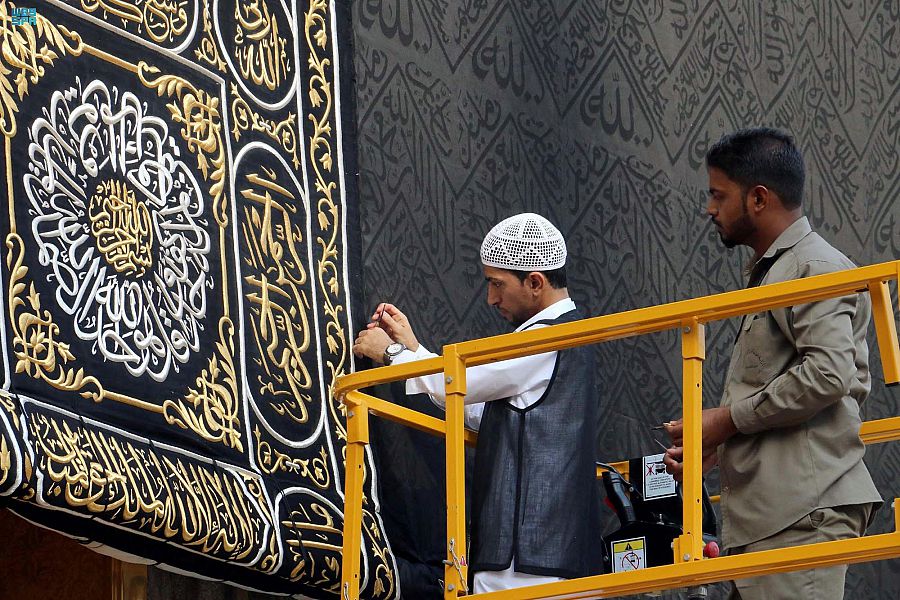
Al-Anbat -
All eyes on Grand Haram ..
The General Presidency for the Affairs of the Grand Mosque and the Prophet’s Mosque has announced that a team of 200 saudi technicians and craftsmen will deal with the replacement process of the Kaaba Kiswah (cloth) next Saturday..
"The finely embroidered by saudi skilled crafting team of Kiswa of Kaaba which covers the holy Kaaba at the Holly Haram will be replaced with a Brand new one marking a shift from a decade old custom of replacing it from the eve of arafat As per a royal decision issued recently"
Dr. Abdul Rahman Al-Sudais
supervision of the Presidency General of the Affairs of the Grand Mosque and the Prophet's Mosque said
The old Kiawah will be replaced by a new one under the supervision of the Presidency General of the Affairs of the Grand Mosque and the Prophet's Mosque,
Dr. Abdul Rahman Al-Sudais
supervision of the Presidency General of the Affairs of the Grand Mosque and the Prophet's Mosque,stressed the Saudi leadership's interest in the holy Kaaba, the qiblah of Muslims, and its keenness to harness all capabilities in the service of Islam and Muslims.
For his part, Under-Secretary-General for kiswa Kaaba affairs said around 200 craftsmen and admins work in King Abdulaziz Complex for Holy Kaaba Kiswah.
The departments of the complex include the laundry and automatic weaving department, the manual weaving department, the printing department, the belt department and the gold thread department, the Kiswah sewing and assembling section, which includes the largest computerized sewing machine in the world in terms of length, with a length of 16 meters.
The manufacturing of the Kiawah consumes about 670 kilograms of raw silk, dyed in black inside the complex
The cost of new kiswa production, is estimated at up to SAR 25 million, which makes it the most expensive cloth covering in history .
The Kiswa is made from raw silk dyed black and is decorated with Qur’anic verses that are embroidered onto the cloth with gold-plated thread.
The kiswa sewn at the King Abdulaziz Complex for Holy Kaaba Kiswa, in accordance with the highest standards.
It is customary for the Kiswa to be replaced each year on the eve of arsfat the peak of the Hajj when most worshipers have made the journey to Mount Arafat on the outskirts of Makkah for what is known as the Day of Arafat,
However, the General President for the Affairs of the Grand Holy Mosque and the Prophet’s Holy Mosque, Sheikh Dr. Abdulrahman bin Abdulaziz Al-Sudais, has been quoted as saying that a Royal Directive has been issued that the replacement shall be the first of Muharram, , or Saturday 30 which marks the start of the new Islamic year 1344 AH.
Once Kiswa is replaced, the newly minted version draped over Kaaba will stay in place until next year’s Hajj.
The process of the Kiswa replacement is administered by the staff of the General Presidency for the Affairs of the Grand Mosque and the Prophet Mosque. They ensure that all precautionary measures and means of prevention and safety
The Kiswa is 658 m2 (7,080 sq ft) and consumes about 670 kilograms of raw high-quality silk and 120kg of gold threads and 100kg of silver threads.
The silk threads weigh about 850 kilograms, lined with cotton, and decorated with golden inscriptions. The embroidery contains 15 kg (33 lb) of gold threads. It consists of 47 pieces of cloth and each piece is 14 m (46 ft) long and 101 cm (40 in) wide. The Kiswa is wrapped around the Kaaba and fixed to its base with copper rings.
To complete the Kiswa, the 47 pieces of cloth are sewn together to create five separate parts of the covering. For each of the 4 sides of the Kaaba, a part of the Kiswa is custom-made and measured as the Kaaba, not being a geometrical cube, has sides with different dimensions. Once completed, the pieces are sewn together. The fifth section covers the Kaaba’s door.
The Kiswa has a belt (hizam in Arabic) circling it, near the top part.. There’s also the sitara or curtain over the door of the Kaaba.
The Kiswa carries scores of elaborate inscriptions under the belt, including Quranic verses and supplications to Allah, as well as the names of the reigning king.
The Kaaba belt is made up of 16 pieces, 12 lamps under the belt, four bumpers placed in the corners of the Kaaba and five lamps above the Black Stone, along with an outer curtain for the Kaaba’s door.
Once removed, the retired Kiswa has traditionally been cut up into pieces that were distributed among special dignitaries at Hajj or gifted to Muslim countries.

